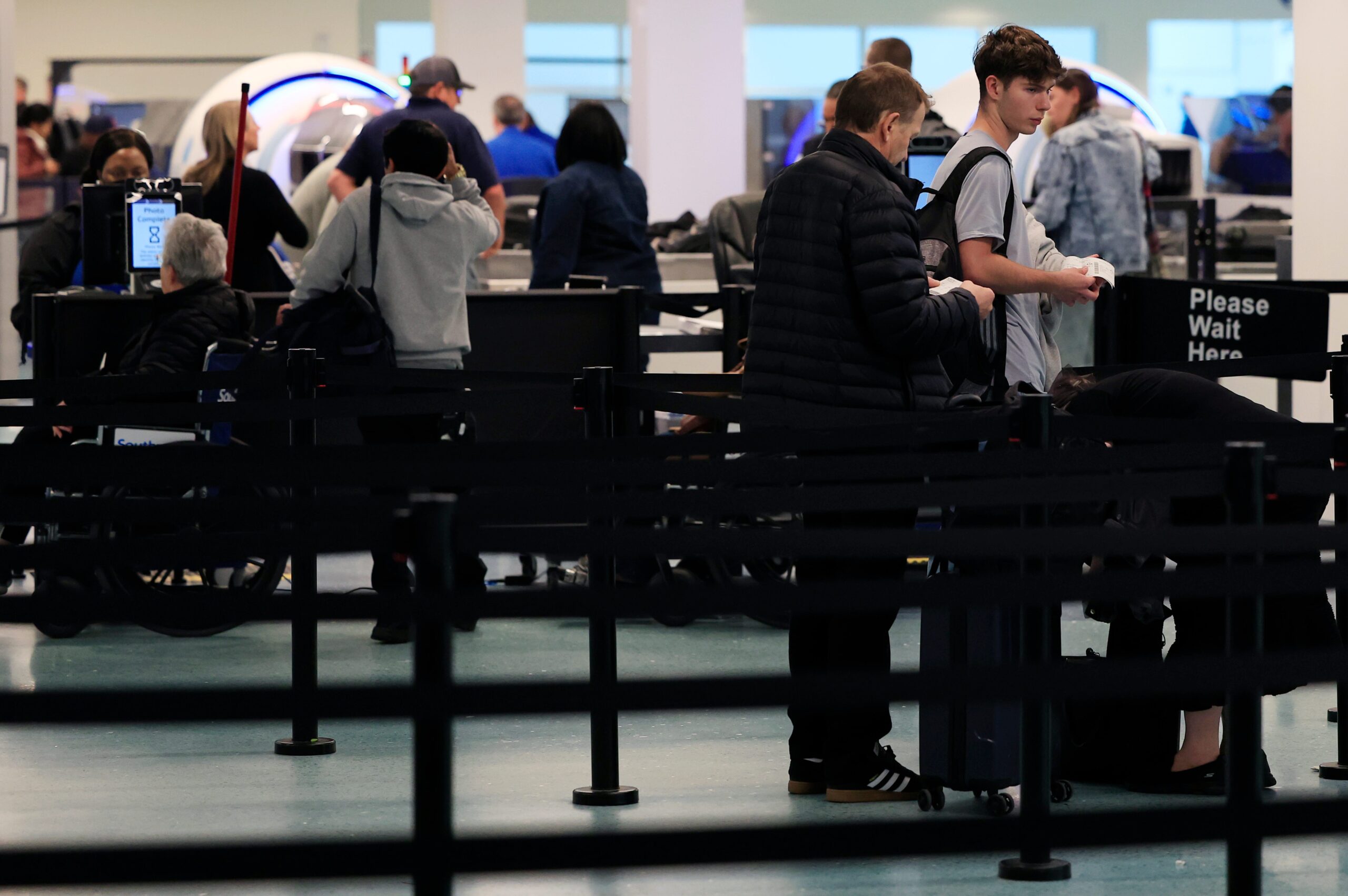
REAL ID Deadline Looms: What You Need to Know
The long-awaited REAL ID enforcement deadline is rapidly approaching, set to take effect in less than a week on May 7. After years of delays and debates, adults across the United States will soon be required to present a REAL ID-compliant driver’s license or identification card to board domestic commercial flights and access certain federal facilities. While REAL ID will become a primary form of identification for these purposes, travelers will still have the option to use accepted alternatives, such as a valid passport.
The journey toward implementing the REAL ID Act, initially passed in 2005, has been far from smooth. The law has faced significant hurdles, including resistance from various states tasked with issuing the compliant documentation. Even after its enactment, over a dozen states voiced opposition to REAL ID, citing concerns about the substantial administrative costs associated with its implementation and potential threats to individual privacy. These concerns have also been echoed by civil liberties advocacy groups.
The Electronic Frontier Foundation (EFF), a prominent digital rights organization, has been a vocal critic of the REAL ID program. Alexis Hancock, the Director of Engineering at the EFF, argues that the program promotes a system that infringes on the privacy of all citizens and further marginalizes undocumented individuals. Hancock warns that while REAL ID is initially required for TSA checkpoints, its scope could potentially expand to include additional "official purposes" with federal entities in the future. This expansion could lead to increased government surveillance and tracking of individuals.
Hancock also raises concerns about the centralization of identifying information under the REAL ID program. Currently, driver’s license and identification data are stored at the state level. However, the unified standards imposed by REAL ID could make it easier to transfer sensitive information across state lines, potentially exposing individuals to risks associated with data breaches and misuse. She points to instances where state Departments of Motor Vehicles (DMVs) have reportedly sold data to third parties, highlighting the potential for exploitation of personal information.
The American Civil Liberties Union (ACLU) shares similar concerns about the privacy implications of REAL ID. The ACLU argues that the law, if fully implemented, could facilitate data tracking on individuals. The organization’s website states that by transforming driver’s licenses into a de facto national identification document, REAL ID would have a significantly negative impact on privacy.
Jay Stanley, a senior policy analyst with the ACLU, emphasizes that concerns about standardized identity systems have existed for a long time. He notes that the slow and incomplete implementation of REAL ID has prevented some of the initially feared consequences from fully materializing. Stanley also points out that the current focus of concern is shifting towards digital IDs and their associated risks, highlighting the evolving landscape of identity verification and privacy.
In response to these concerns, a spokesperson for the Transportation Security Administration (TSA) clarified that REAL ID is intended to establish a "national set of minimum standards" for identification documents, rather than creating a national ID card. The TSA maintains that REAL ID does not establish a federal database of driver’s license information.
The TSA spokesperson emphasized that each state retains its authority to issue its own unique driver’s licenses, maintain its own records, and control access to those records. The primary objective of REAL ID, according to the TSA, is to enhance the consistency and security of state-issued identification documents that are accepted by federal agencies for official purposes. This includes verifying identity for air travel, entering federal buildings, and other secure facilities.
While the TSA emphasizes the security benefits of REAL ID, critics argue that these benefits come at the cost of individual privacy and autonomy. The debate over REAL ID reflects a broader tension between the need for security and the protection of civil liberties. As the enforcement deadline approaches, it is crucial for individuals to understand the requirements of REAL ID and its potential implications for their privacy.
The REAL ID Act was passed in the wake of the September 11, 2001 terrorist attacks, with the aim of establishing more secure and reliable forms of identification. The law sets minimum security standards for state-issued driver’s licenses and identification cards and prohibits federal agencies from accepting licenses and identification cards from states that do not meet these standards.
To obtain a REAL ID-compliant driver’s license or identification card, individuals are typically required to provide documentation proving their identity, Social Security number, and address. This documentation may include a birth certificate, passport, Social Security card, and utility bills. The specific requirements may vary depending on the state.
The implementation of REAL ID has been a complex and challenging process, involving coordination between federal and state governments. The long delays in enforcement have been attributed to various factors, including funding constraints, technical challenges, and resistance from states.
As the May 7 deadline approaches, individuals who plan to travel by air or access federal facilities should ensure that they have a REAL ID-compliant driver’s license or identification card, or an acceptable alternative such as a passport. Failure to do so may result in being denied access to these services. The impact of REAL ID will be significant, as it fundamentally changes the way identity is verified for a wide range of activities. The debate surrounding REAL ID is far from over, and its long-term effects on privacy and security remain to be seen.
